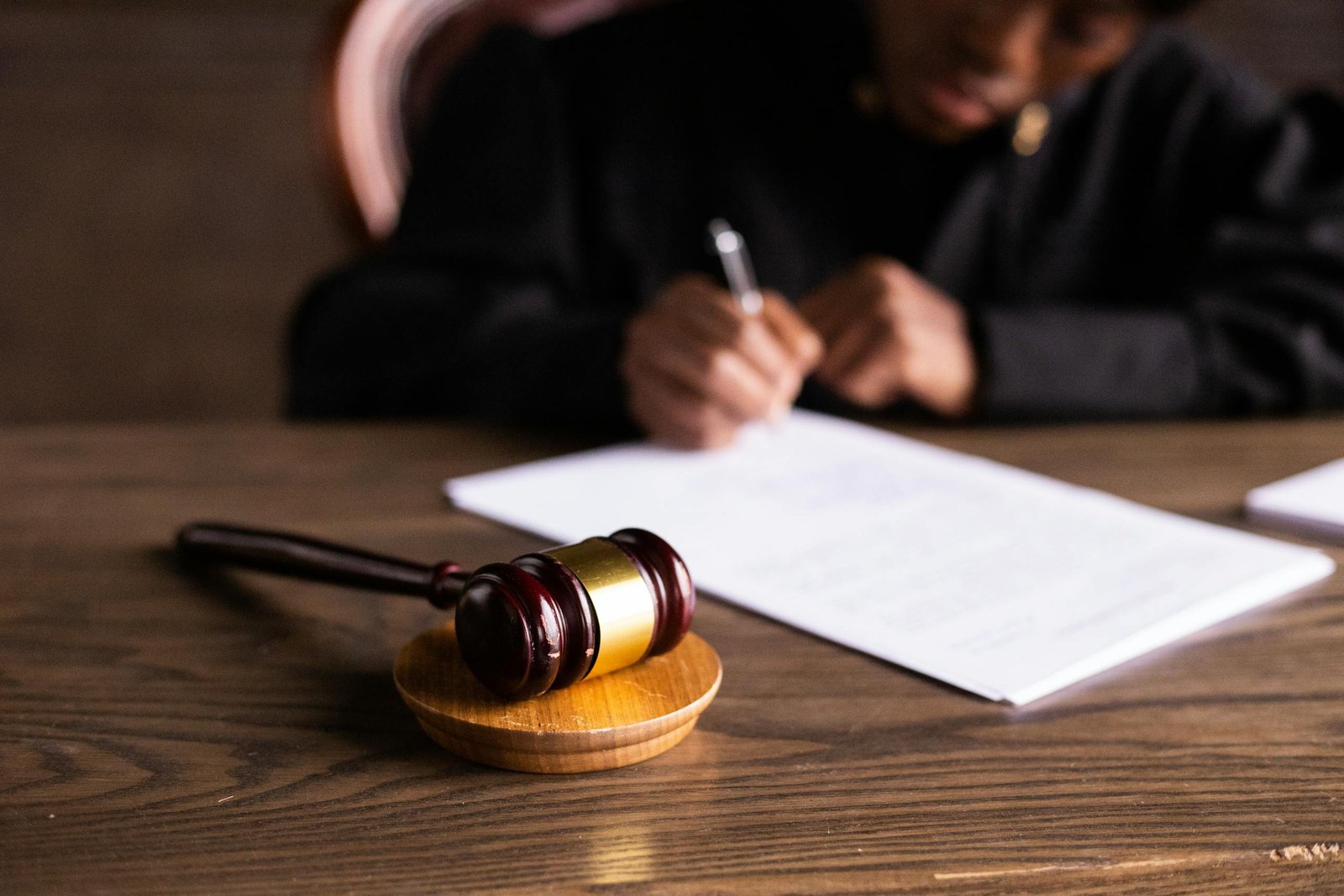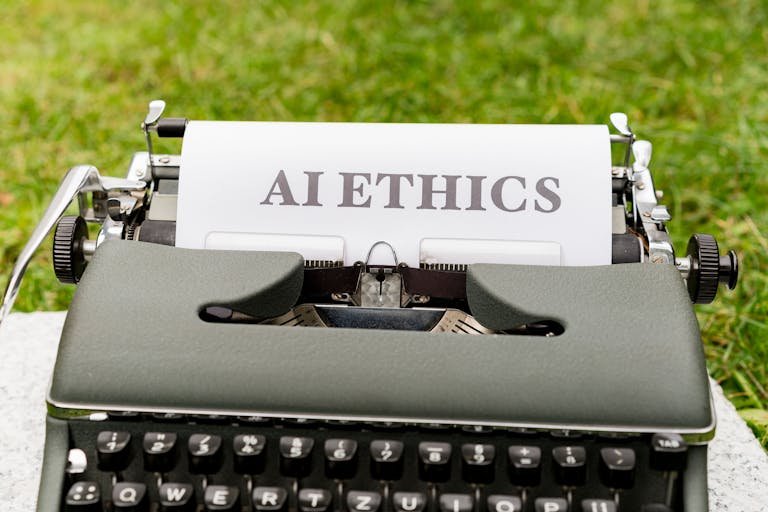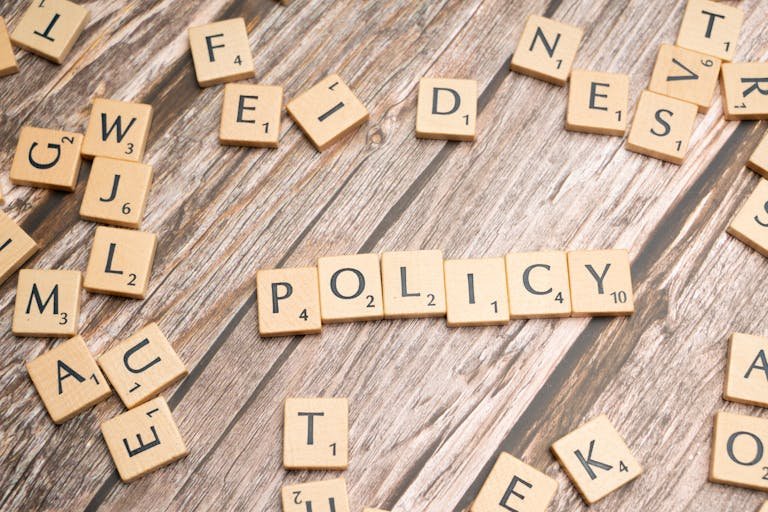AI and Copyright: Navigating Intellectual Property in the Age of Machine Creativity
Having spent years reading about intellectual property law and artificial intelligence, I’ve watched with fascination as AI has transformed from a theoretical challenge to a practical concern in copyright law. Just last month, I was advising a major publishing house on rights management for AI-generated content, and believe me, the complexity of these issues continues to astound me!
According to the World Intellectual Property Organisation (WIPO)’s 2023 report, AI-generated works have increased by 285% since 2020. This explosive growth has created unprecedented challenges for our traditional copyright frameworks.
Legal Framework for AI-Generated Works: A Global Overview 2025
As generative AI transforms creative industries—from writing and art to music and code—the law is scrambling to keep pace. This article provides a comprehensive, evidence-based update on copyright frameworks affecting AI-generated content across major jurisdictions, with insight into emerging trends and legal challenges.
1. International Foundations
Berne Convention (1886) defines the scope of “literary and artistic works” and guarantees copyright protection without formal registration for human-created works. It doesn’t explicitly address AI-authorship, implicitly assuming human authorship.
See Berne Convention details.
WCT (WIPO Copyright Treaty) modernises digital-age protection, affirming rights over computer programs, data compilations, and communication to the public by electronic means—but remains silent on AI-only creation.
2. European Union Laws
DSM Directive (2019/790) allows text and data mining (TDM) for research and other purposes, unless rights holders opt out. This exception is heavily used for AI training.
Read analysis of EU DSM for AI.
EU AI Act (Regulation 2024/1689) introduces transparency obligations for general-purpose AI (GPAI), requiring providers to state training content summaries and respect TDM opt-outs.
See EU AI Act copyright provisions.
3. United Kingdom
Under the CDPA 1988, computer-generated works (without human authors) are protected, with copyright assigned to “the person by whom the arrangements necessary for creation were undertaken” (Section 9(3)). In practice, this covers the programmer or AI deployer.
Legal analysis of UK AI-generated work ownership.
4. United States
The U.S. Copyright Office and courts require human authorship; solely AI-generated works are not protected.
USCO: human involvement required;
D.C. Circuit affirms human requirement.
5. Landmark Cases—Patents & Authorship
Thaler v. Vidal (2022) & Thaler v. UK Supreme Court (2023) both rejected AI systems as inventors in patent law, reinforcing legal personhood limits.
Naruto v. Slater (2018) held that animals (and by extension non-humans) cannot qualify as authors. This precedent underlines human-only authorship in U.S. copyright law.
6. Emerging Challenges & Real-World Risks
Author compensation and AI training: Anthropic agreed to a historic $1.5 billion settlement with authors for copyright infringement due to training on pirated books—a milestone in AI copyright litigation.
See Reuters report on U.S. Copyright Office’s 2025 guidance
Global divergence: While the U.S. firmly requires human authorship, the UK continues to protect AI-generated works via CDPA, and China has shown flexibility: attributing copyright to prompt-refining users in select cases.
Read FT on global AI copyright divergence.
7. Best Practices for Creators & Companies
- Ensure human authorship: Engage in expressive choices, output editing, or substantial creative control—necessary for copyright eligibility, especially in the U.S. and EU.
- Document training data usage: Track licenses, ensure TDM exceptions apply, or secure rights—even if the data is transformatively used or publicly available.
- Apply attribution standards: Follow existing moral-rights requirements (e.g. Berne Article 6bis, U.S. Visual Artists Rights Act) and credit sources when derivatives are used.
- Use layered protection: When copyright fails, fall back on trade-secrets, contracts, or licensing frameworks to control use and ownership of AI outputs.
8. Looking Ahead—What’s Next?
- EU codes of practice for GPAI copyright compliance (expected 2025 delivery).
- Potential new UK TDM exceptions similar to EU (under consultation in 2025).
- WIPO and national consultations on updating authorship and training usage rules.
Conclusion
We stand amid a creative revolution powered by AI—but the law remains patchwork, inconsistent, and evolving. From global treaties to national statutes, the common thread is clear: human creativity remains central to protection. Until legal frameworks catch up, institutions and creators must navigate carefully—structuring contracts, documenting contributions, and monitoring legislative shifts—to safeguard AI-generated innovation.
References
- World Intellectual Property Organization. (2023). WIPO Technology Trends: Artificial Intelligence.
- European Union. (2019). Directive 2019/790 on Copyright in the Digital Single Market.
- United States Copyright Office. (2023). Compendium of U.S. Copyright Office Practices, Third Edition.
- UK Intellectual Property Office. (2023). Guidance on AI and Copyright.
- Federal Register. (2023). Copyright Office AI Policies.
Legal Cases:
- Thaler v. Vidal, 43 F.4th 1207 (Fed. Cir. 2022)
- Naruto v. Slater, 888 F.3d 418 (9th Cir. 2018)
- Thaler v Comptroller-General of Patents [2023] UKSC 49
- Nova Productions v Mazooma Games [2007] EWCA Civ 219
- Feist Publications v. Rural Telephone Service, 499 U.S. 340 (1991)
- Designer Guild v Russell Williams [2000] UKHL 58
Legal Disclaimer: This article reflects the state of the law as of October 2024. Given the rapidly evolving nature of AI and copyright law, always consult current legal advice for your specific jurisdiction.
📚 Further Reading
For those interested in exploring similar themes, consider:
- “Superintelligence” – Nick Bostrom – it’s one of my all-time favourites
- 7 Essential Books on AI – by the pioneers at the forefront of AI
- Ethical Implications of AI in Warfare and Defence – very interesting read
Avi is an International Relations scholar with expertise in science, technology and global policy. Member of the University of Cambridge, Avi’s knowledge spans key areas such as AI policy, international law, and the intersection of technology with global Affairs. He has contributed to several conferences and research projects, including collaborating with the United Nations Institute for Disarmament Research inaugural conference on AI, Security and Ethics.
Avi is passionate about exploring new cultures and technological advancements, sharing his insights through detailed articles, reviews, and research. His content helps readers stay informed, make smarter decisions, and find inspiration for their own journeys.







